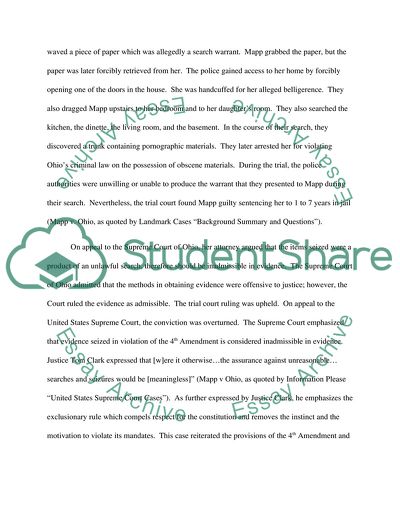Cite this document
(The Fourth Amendment of the United States Constitution Research Paper, n.d.)
The Fourth Amendment of the United States Constitution Research Paper. Retrieved from https://studentshare.org/law/1725382-the-4th-amendment-of-the-us-constitution
The Fourth Amendment of the United States Constitution Research Paper. Retrieved from https://studentshare.org/law/1725382-the-4th-amendment-of-the-us-constitution
(The Fourth Amendment of the United States Constitution Research Paper)
The Fourth Amendment of the United States Constitution Research Paper. https://studentshare.org/law/1725382-the-4th-amendment-of-the-us-constitution.
The Fourth Amendment of the United States Constitution Research Paper. https://studentshare.org/law/1725382-the-4th-amendment-of-the-us-constitution.
“The Fourth Amendment of the United States Constitution Research Paper”, n.d. https://studentshare.org/law/1725382-the-4th-amendment-of-the-us-constitution.


